What is sublingual immunotherapy, and how does it work?
Sublingual immunotherapy is a treatment for hay fever type allergies. Allergen extracts containing antigen are mixed with glycerin as a preservative and delivered in drops under the tongue. The formulation is specific to your allergy test results and symptom picture. Immunotherapy is used, in this case, to “re-train” the immune system away from the allergy-type reaction and towards a reaction that tolerates the same allergens without allergy symptoms.
How are allergy drops different from allergy shots or tablets?
SLIT works in a similar way to allergy shots, and use the same FDA-approved antigens, but the route of administration is drops under the tongue rather than shots. The main difference is that treatment is delivered at home on a daily basis, rather than at an allergist office. Allergy tablets treat single allergens or allergen types (grass, ragweed, dust) rather than multiple allergens and do not come in different dosages.
What kind of allergies are treated with allergy drops?
At our clinic, allergy to tree, grass and weed pollens, animals, dust, and mold are treated using SLIT. Your exact prescription is determined based upon the results of your allergy test. SLIT can treat allergy to multiple antigens at the same time.
Can food allergy be treated with SLIT?
Allergy to foods are treated with SLIT, and may be sought at an allergist’s office.
Who can be treated with SLIT?
At this clinic, anyone over age 3 is a good candidate for allergy treatment using SLIT. Some people may choose allergy drops over shots due to the convenience of in home administration, fewer doctor’s office visits, the safety profile, or if they don’t respond well to or tolerate shots well. Young children, people with asthma, highly sensitive people, and people with multiple allergies may choose to treat their allergies with SLIT rather than allergy shots. Anyone with uncontrolled asthma symptoms is not a good candidate for this type of allergy therapy.
How is the treatment managed?
There are two phases of treatment. The first phase of treatment is the “buildup phase” during which the dose of allergy drops is increased every week over a series of weeks or months. Appointments in buildup phase are held every 5 weeks. The second phase of treatment is the “maintenance phase,” where drops are at the highest dose and appointments are held every 10 weeks. Symptoms are monitored carefully to troubleshoot the best additional treatments.
Will medical insurance cover the costs?
At this time, most insurance companies cover the cost of diagnostic allergy testing and office visits. However, because allergy drops are an off-label use, they are not covered by insurance. Allergy drops often do qualify for HSA or flex spending reimbursement.
How long will I need to take allergy drops?
Most often, SLIT will be prescribed for 2-5 years, after which point the need for it will be reassessed. Benefits are often felt within in the first few months, with some variance among individuals. For the greatest symptom control (no reaction to what causes your allergy symptoms) 2-5 years is generally recommended. Please be aware that SLIT is intended for long-term use, and if discontinued early, benefits may not be experienced. This treatment “re-trains” the immune system over a period of time.
Are allergy drops safe? Are there studies that evaluate their effectiveness?
SLIT has been used in other countries for many years, and studies document their safety and effectiveness. The World Health Organization has endorsed SLIT as a viable alternative to allergy shots. The Cochrane Collaboration, which is the world’s most trusted international organization dedicated to reviewing health care treatment, concluded that allergy drop immunotherapy (SLIT) significantly reduced allergy symptoms and use of allergy medications.

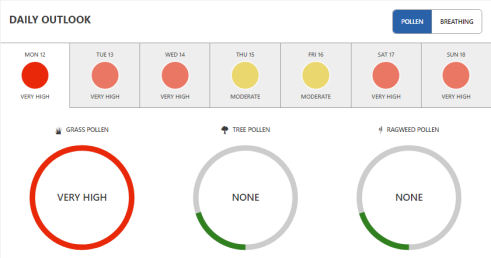
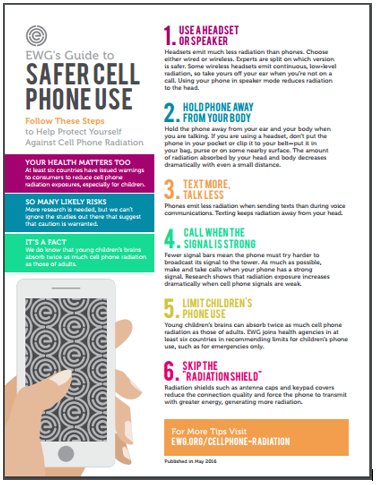
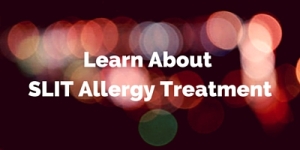
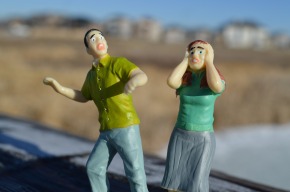 Stress plays a large role in most of our lives. I talk with patients (and myself) about stress very frequently, and troubleshoot the best ways to manage the experience of stress. How do you manage stress? Journaling, reading, exercise, hobbies, meditation are frequently mentioned stress relief strategies.
Stress plays a large role in most of our lives. I talk with patients (and myself) about stress very frequently, and troubleshoot the best ways to manage the experience of stress. How do you manage stress? Journaling, reading, exercise, hobbies, meditation are frequently mentioned stress relief strategies.
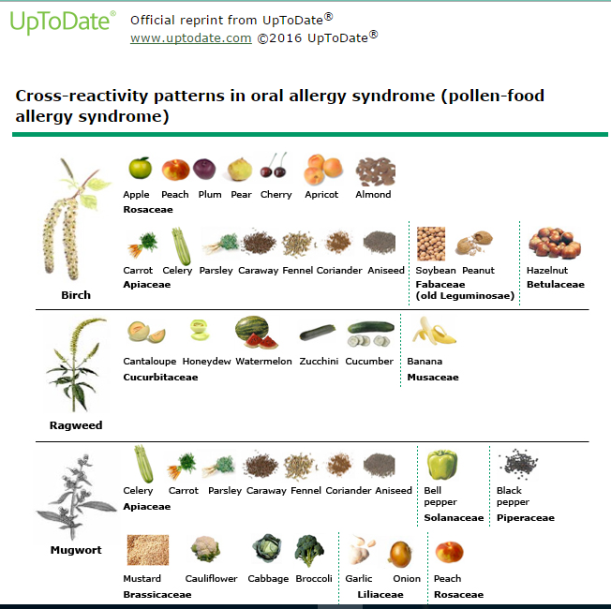
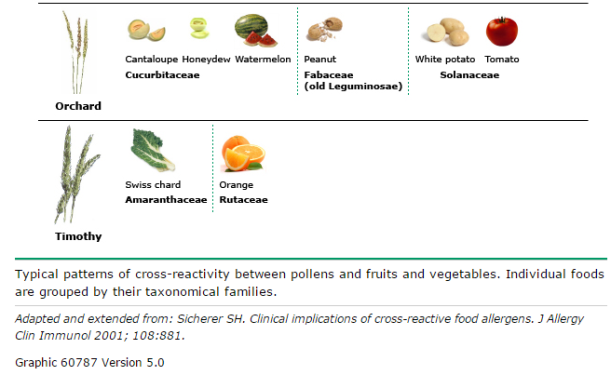

 FDA: Partially Hydrogenated Oils Must Be Removed from Food Products Within 3 Years
FDA: Partially Hydrogenated Oils Must Be Removed from Food Products Within 3 Years